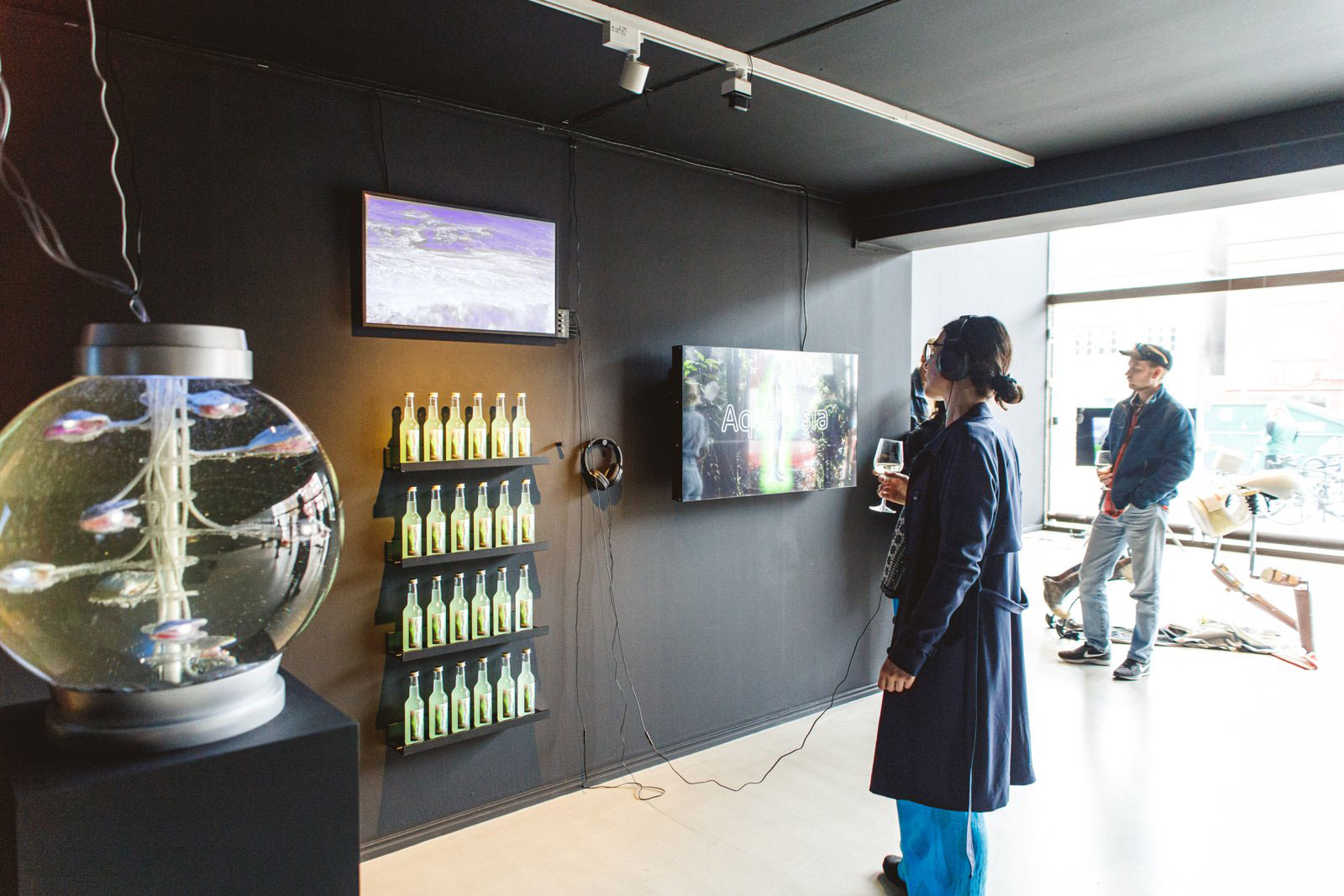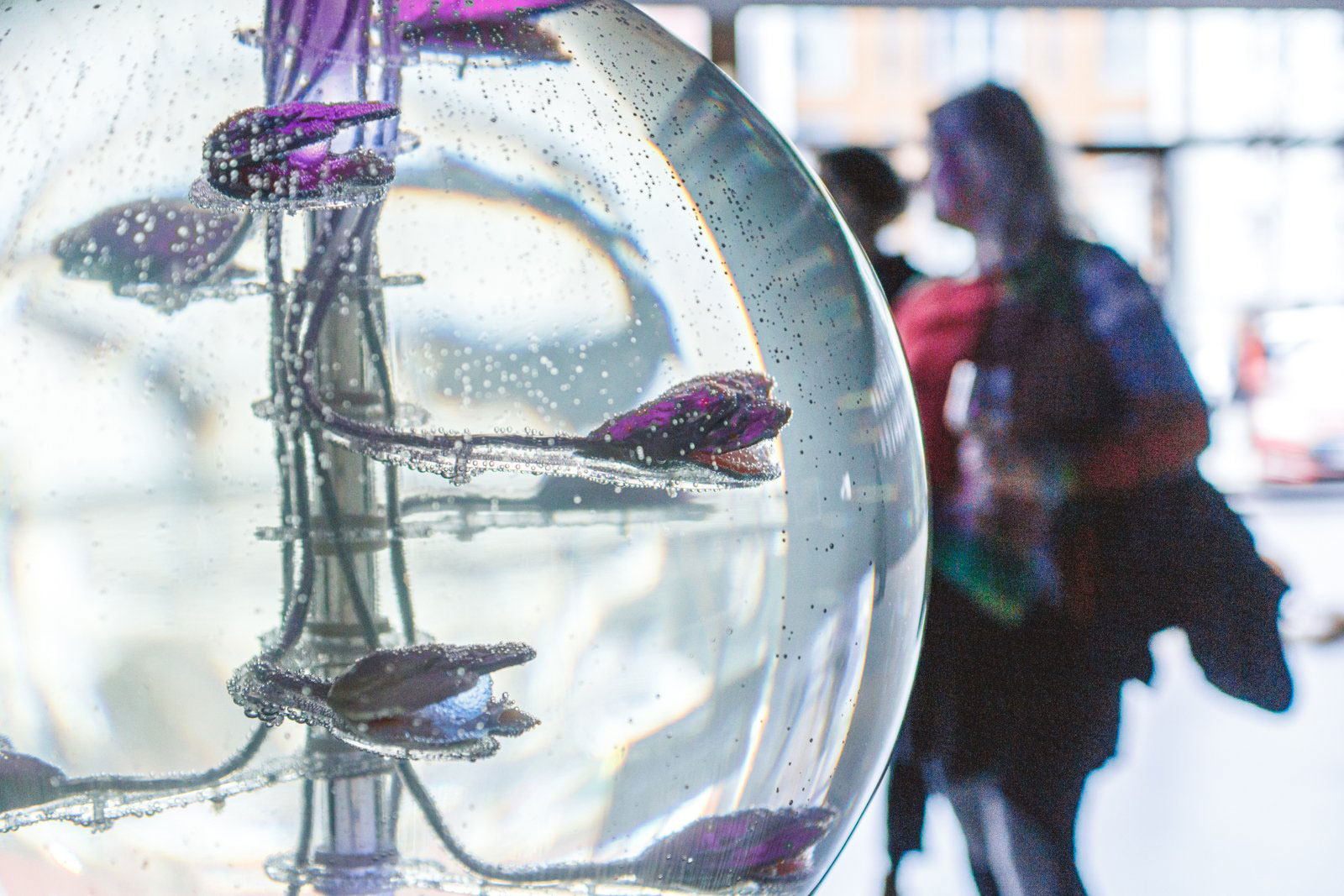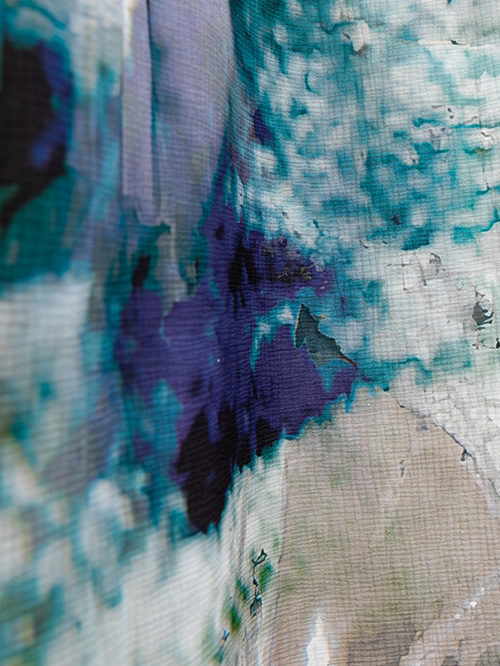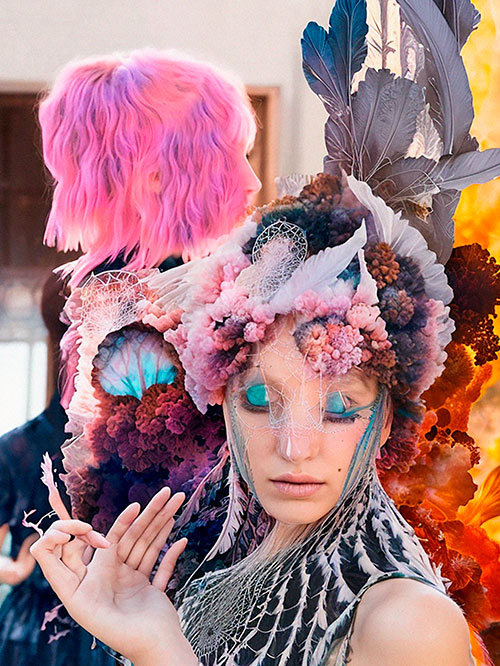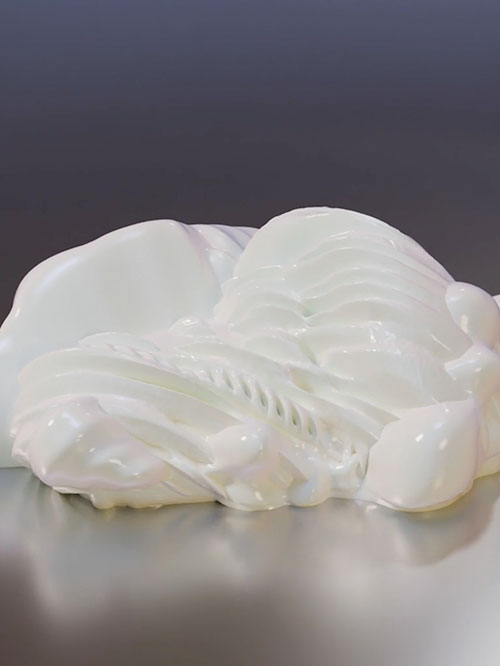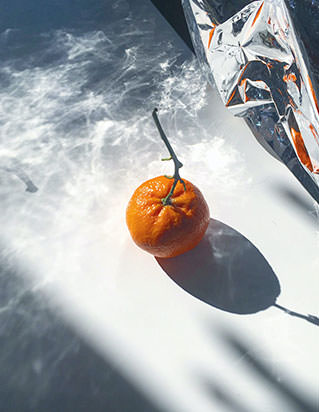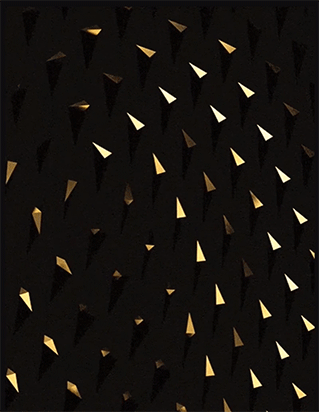STEPHANIE ROTHENBERG | Aquadisia
2022
Keywords
Proportions | Development | Anatomy | Symmetry | Asymmetry | Dimensions | Diversity | Divergence | Generation | Growth
Synopsis
Soft, fleshy and resourceful, the oyster is a magnificent and extremely talented creature of the sea. It was almost extinct by the mid 20th century due to industrial pollution and massive overfishing. One tiny 2-inch organism can filter up to 50 gallons of polluted water per day. Its home created from its own layered shells combine with others to form natural reef systems that protect coastlines against rising sea levels and provide habitat for other species to thrive. And legends speak wonders of its euphoric powers as an aphrodisiac.
Imagine if we could bioengineer this magical species to convert toxic water into an even more transformative formula and piped it into public drinking water? Could we create a public sentient machine of more perceptible humans? A perception that enables a more sensual interconnection with the cycle of life that leads to a better handling of this ecological crisis? One that transforms energy into an agential sensual power?
“Aquadisia” is an environmental science fiction that manifests in a variety of formats online and offline including installations, videos and performances. It explores the ethical and economic contradictions within the desire to be more sustainable both individually and on a global scale. The project focuses on the neoliberal concept of natural capital and what is known as ecosystem services, the provisioning and regulating of natural resources for human survival. One area that has received much development is aquaculture. It is a form of sea farming that has been gainfully employed to more sustainably secure future food resources and offset the environmental degradation of land-based industrial farming. Yet as these systems scale up they become another extraction machine presenting a new set of environmental problems.
Inspired by black feminist writer Audre Lorde’s notion of the erotic as a power of feeling, “Aquadisia” posits more-than-human sentience as a lubricant to speculate a new kind of eco-machine. The project plays with the libidinous myth of the oyster, a hermaphroditic organism, being bioengineered in a futuristic aquaculture farm. Technology is eroticized as intersexual bioengineered cyborg oysters convert toxic water into an aphrodisia-inducing fluid called Aquadisia Water given out freely to the public.
Lorde challenges the patriarchal overtones in how the word erotic is used, not only redefining but reigniting the erotic as a physical, psychic and emotional energy that can’t be reduced to a commodified good or systematized affect. Can this new and improved bioengineered oyster push humans past the mere libidinal and sexualized state of capital conquests of other bodies and into a new state of sentience – a Sentience 2.0? We invite you to take a drink!
Artist Bio
Stephanie Rothenberg’s interdisciplinary art draws from digital culture, science and economics to explore incongruous relationships between human designed systems and biological ecosystems. Moving between real and virtual spaces, these ideas unfold through a variety of media platforms such as interactive installation, sound, video and performance. In recent work, she has been investigating sustainability myths surrounding the concept of natural capital and the ecological impact of its human-centric model of ecosystem services. She has exhibited internationally in venues and festivals including Sundance Film Festival, House of Electronic Arts / HeK, LABoral, Transmediale, and ZKM Center for Art & Media. She has received awards from NYSCA and Creative Capital among others and has participated in numerous residencies including Lower Manhattan Cultural Council Workspace/LMCC and Eyebeam Art and Technology Center in NYC, Santa Fe Art Institute, and ZK/U in Berlin. Her work is in the collection of the Whitney Museum of American Art and has been widely reviewed including Artforum, Artnet, The Brooklyn Rail and Hyperallergic. She is Professor in the Department of Art at University at Buffalo SUNY where she co-directs an interdisciplinary design studio collaborating with local social justice organizations. She also serves on the advisory committee for the university’s Coalesce: Center for Biological Arts.
